"These ambiguities, redundancies, and deficiencies recall those attributed by Dr. Franz Kuhn to a certain Chinese encyclopedia called the Heavenly Emporium of Benevolent Knowledge. In its distant pages it is written that animals are divided into: (a) those that belong to the emperor; (b) embalmed ones; (c) those that are trained; (d) suckling pigs; (e) mermaids; (f) fabulous ones; (g) stray dogs; (h) those that are included in this classification; (i) those that tremble as if they were mad; (j) innumerable ones; (k) those drawn with a very fine camel’s hair brush; (l) etcetera; (m) those that have just broken the flower vase; (n) those that from a long way off look like flies."
Jorge Luis Borges, “The Analytical Language of John Wilkins” Why do I blog this? Simply because it's a fascinating quote for a Sunday afternoon. Working on a course about qualitative analysis, it's intriguing to have such example of taxonomy.

 A digital representation in Super Mario Bros by Nintendo.
A digital representation in Super Mario Bros by Nintendo.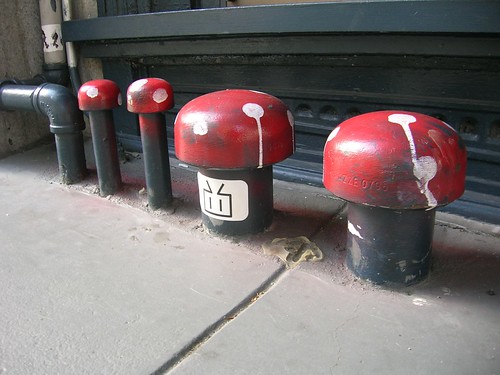
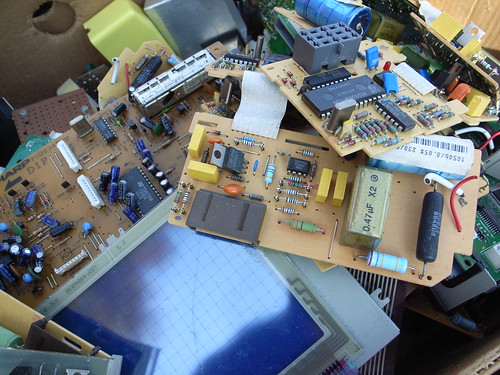
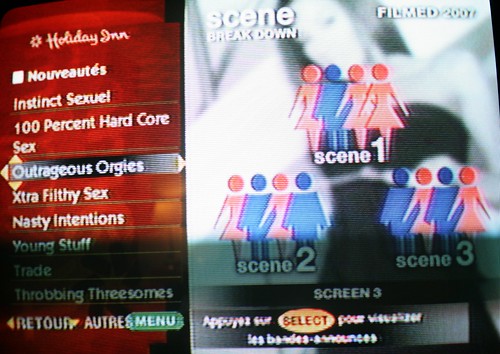



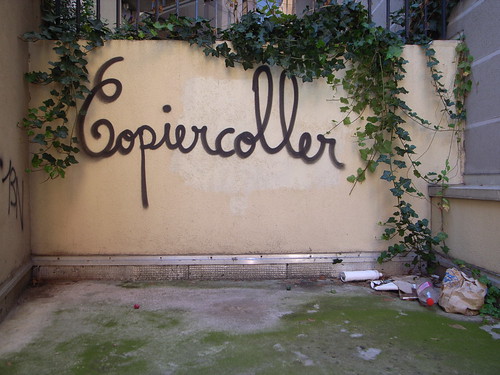
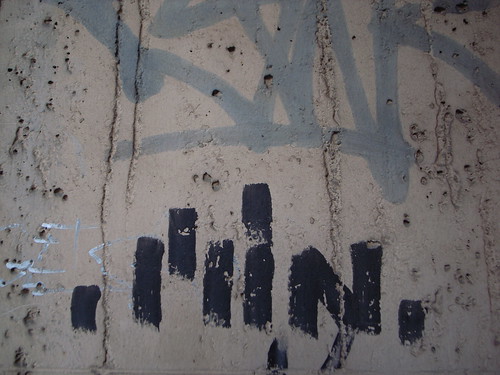

 Left shoes (as well as other
Left shoes (as well as other 

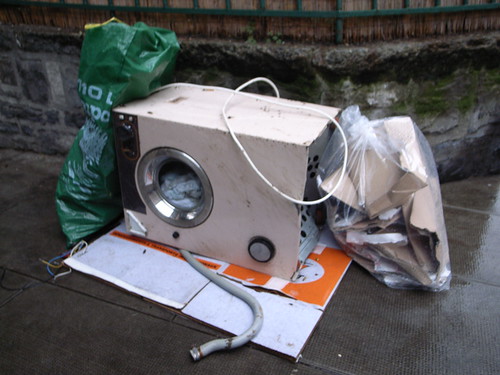

.jpg) Why do I blog this? because I am crazy of inflatable stuff. Those objects are terrific and there could be very intriguing use for them. In the last issue of Carhartt's
Why do I blog this? because I am crazy of inflatable stuff. Those objects are terrific and there could be very intriguing use for them. In the last issue of Carhartt's 




